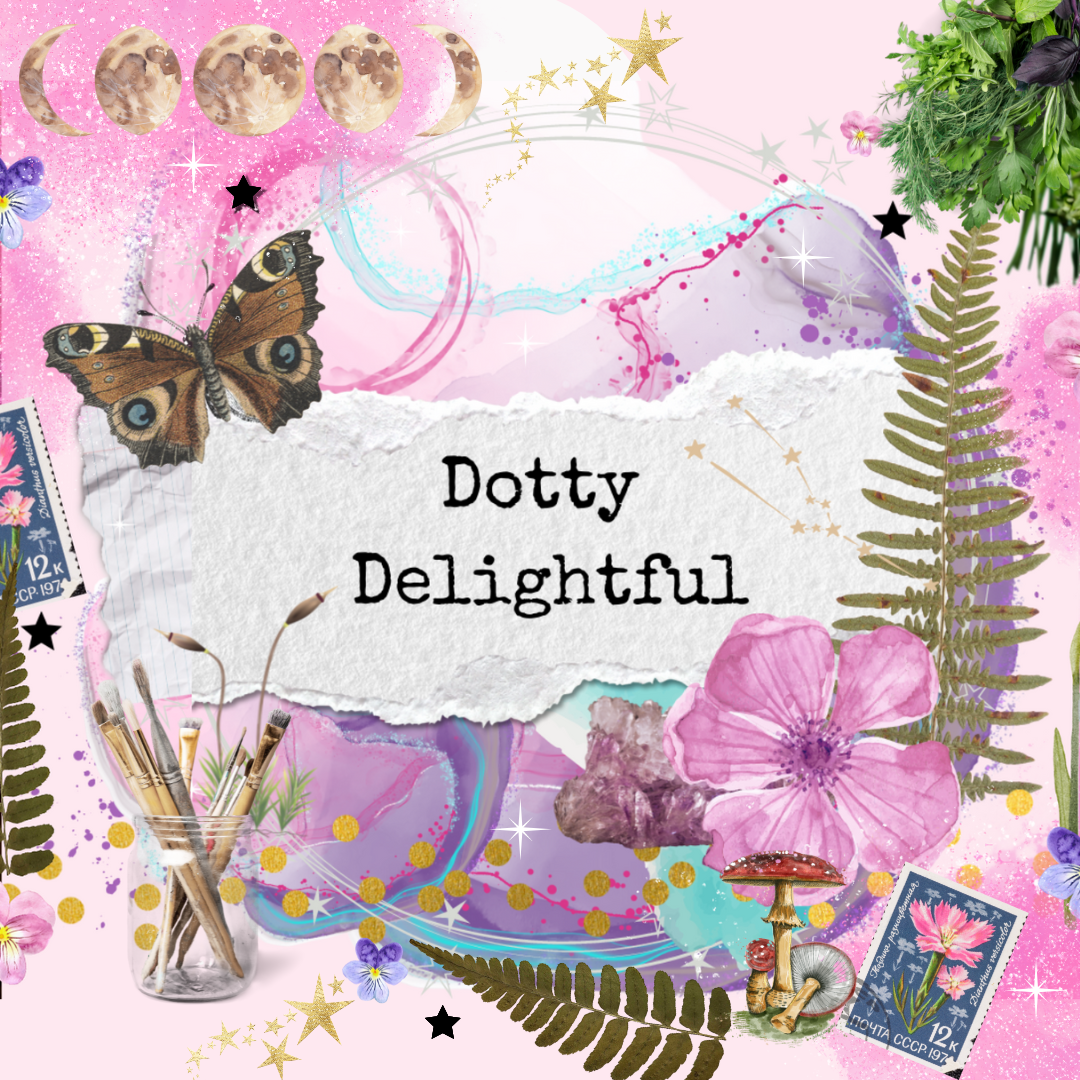
I have been thinking a lot about Bees and how to encourage more of them into the garden this year, by making small, simple changes in our gardens, communities, and shopping habits, we can help bees not only survive but thrive. Every flower planted, every pesticide avoided, and every conversation started brings us one step closer to a bee-friendly world
World Bee Day is on the 20th May.
This page is all about Bees so you can start learning about them, and hopefully I can encourage you to make good choices this year to help the bees.
If you would like to read more about Bees I have created a Bee zine, buy your copy here.
Be Kind to Bees: Protecting Our Precious Pollinators
Bees are the heartbeat of our ecosystems, silently working to pollinate the plants that provide us with food, flowers, and thriving biodiversity. Without them, our world would look very different—many fruits, vegetables, and wildflowers simply wouldn’t exist as they do today. Yet, their numbers are declining at an alarming rate due to habitat loss, climate change, and, most critically, the widespread use of pesticides and weedkillers. These chemicals not only kill unwanted plants and pests but also poison the very creatures that sustain life. Even ‘bee-friendly’ gardens can become deadly when treated with toxic sprays, disrupting entire colonies and weakening already struggling populations.
But the good news is, small changes make a big difference! Choosing organic or natural alternatives to pesticides, letting wildflowers flourish, and planting pollinator-friendly blooms like lavender, borage, and wild thyme can transform any outdoor space into a safe haven for bees. Even swapping out chemical weedkillers for simple solutions like vinegar or hand-weeding can prevent harmful toxins from entering their environment. By making mindful choices, we create a ripple effect—healthier gardens, stronger bee populations, and a richer, more balanced world for future generations. Every action counts, and together, we can give bees the safe and thriving habitats they deserve.

The UK has witnessed a dramatic decline in bee populations, primarily due to habitat loss and the pervasive use of pesticides and weedkillers. Alarmingly, the UK has lost 97% of its wildflower meadows since the 1930s, leading to a significant reduction in essential foraging habitats for bees. kew.org
This loss of habitat has had a profound impact on bee species. In the UK, two bumblebee species have become extinct in the last century, and a further eight are currently listed as conservation priority species due to significant declines.
The widespread application of pesticides and herbicides exacerbates this decline. These chemicals not only eliminate unwanted plants and pests but also harm beneficial insects, including bees, by contaminating their food sources and habitats.
However, we can take meaningful steps to reverse these trends. Planting wildflowers is a powerful way to support bee populations. Wildflower-rich habitats provide bees with diverse and abundant food sources, essential for their nutrition and the pollination services they offer. Even small patches of wildflowers in urban areas can be as beneficial for pollinators as natural meadows.
By choosing organic or natural alternatives to pesticides, allowing wildflowers to flourish, and creating pollinator-friendly spaces, we can transform our environments into sanctuaries for bees. These actions not only bolster bee populations but also enrich our ecosystems, ensuring a healthier planet for future generations.

Here are some additional ways to support bee conservation and create a bee-friendly environment:
1. Plant More Wildflowers and Bee-Friendly Plants
Since the UK has lost 97% of its wildflower meadows, reintroducing nectar-rich flowers is essential. Aim for a variety of flowers that bloom throughout the seasons, such as:
Spring: Crocuses, bluebells, lungwort, and dandelions
Summer: Lavender, foxgloves, borage, and thyme
Autumn: Ivy, asters, and heather
Winter: Snowdrops, mahonia, and winter honeysuckle
2. Avoid Pesticides and Herbicides
Many garden chemicals are harmful to bees, even if they claim to be pollinator-friendly. Instead:
Use companion planting to deter pests naturally (e.g., planting marigolds near vegetables to repel aphids).
Remove weeds manually instead of using chemical weedkillers.
Try natural alternatives like vinegar or boiling water for weed control.
3. Create a Bee Hotel
Solitary bees, such as mason bees and leafcutter bees, need safe places to nest. You can:
Buy a ready-made bee hotel or create one using hollow bamboo canes or drilled logs.
Place it in a sunny, sheltered spot, ideally 1–2 meters off the ground.
4. Provide Fresh Water
Bees need water for hydration and to help cool their hives. Create a bee-friendly watering station by:
Placing a shallow dish of water with pebbles or floating corks for bees to land on.
Keeping the water clean and replenished regularly.
5. Support Local and Organic Farmers
Industrial farming often uses pesticides that harm pollinators. When possible:
Buy organic, locally-grown produce to support farmers who avoid harmful chemicals.
Choose honey from ethical, sustainable sources that prioritize bee welfare.
6. Let Your Lawn Grow
A neatly trimmed lawn might look tidy, but it’s not very bee-friendly. Try:
Leaving a section of your garden wild, allowing dandelions and clover to bloom.
Mowing less frequently—research shows that reducing mowing to every 2-3 weeks increases the number of flowers available to pollinators.
7. Spread Awareness
The more people understand the importance of bees, the greater the impact we can make. You can help by:
Sharing information about bee conservation with friends and family.
Participating in or organizing local wildflower planting initiatives.
Supporting charities like the Bumblebee Conservation Trust .









